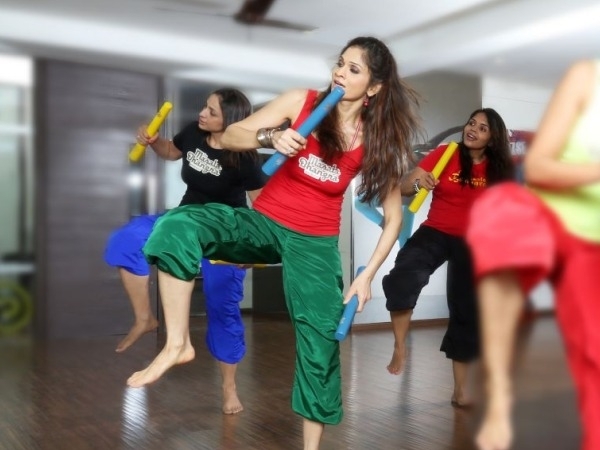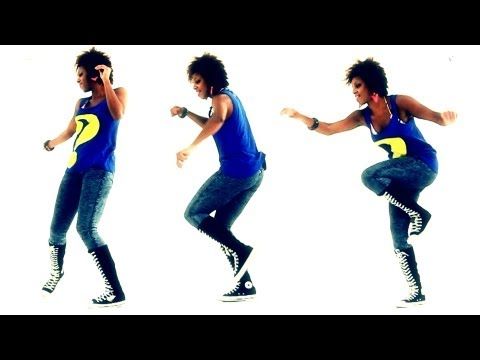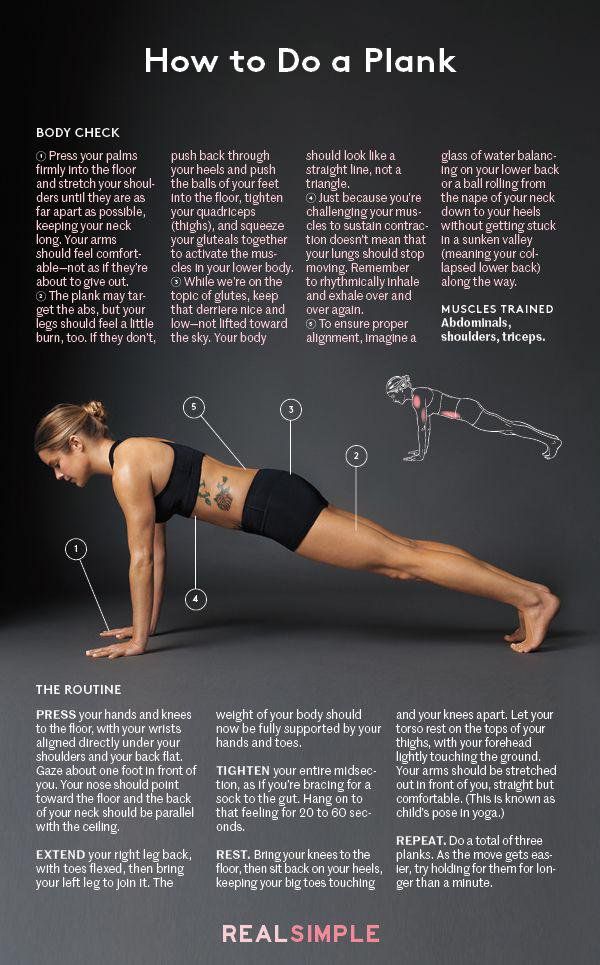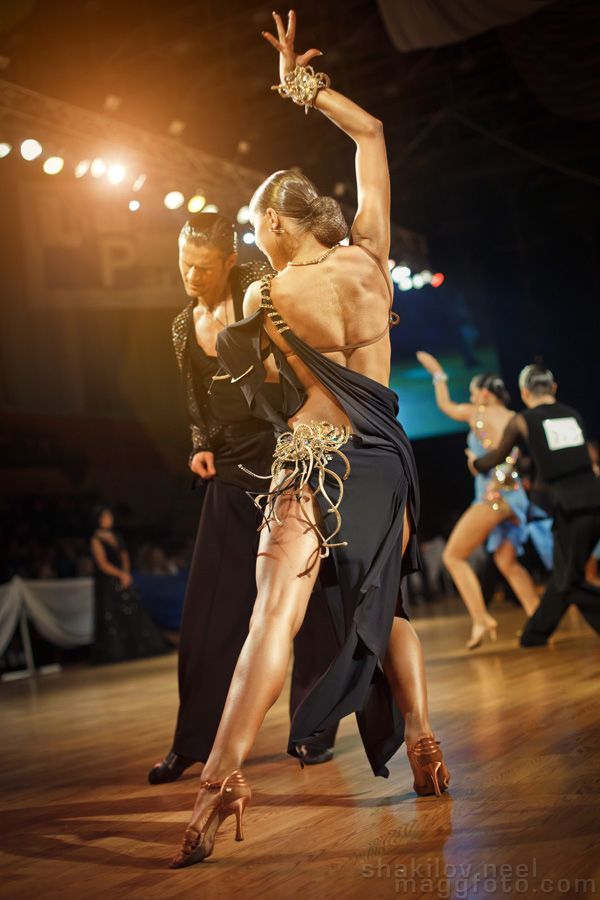How to dance swing steps for beginners
Learn Basic Swing Steps
Swing is a lively, non-progressive partner dance that can be danced to a wide variety of music, from blues to rock & roll. Non-progressive means it's mostly performed in one spot, so it's very convenient on a crowded dance floor.
- Basic steps
- Instructions & Diagrams
- Video
- Recommended Video Lessons »
Quick intro
Swing is one of the most versatile partner dances you can learn - very social and beginner friendly. Easily adaptable to a wide range of tempos, it involves movements with lots of swinging, spinning and rhythmic, creative footwork.
There are many different styles of swing, the term actually refers to a group of dances that developed from the swing style of jazz music in the first half of the last century. There's Lindy Hop, Boogie-Woogie, Jitterbug, Shag, Charleston, West Coast and East Coast Swing, just to name a few. Each of these dances has its own distinct flavor.
One of the most popular and very suitable for beginners is the East Coast Swing. It's a bit more social and relaxed than other versions. It's also a formal ballroom dance and the easiest to learn. Perfect for beginners, which is why we'll focus on this version here. It will create a good foundation and is the base for other more complex versions.
East Coast Swing can be danced to a variety of music styles. If it's written in 4/4 time and has a tempo between 135-170 beats per minute, you can swing it.
To dance swing you'll need a partner, a sense of humor, and a bit of endurance. It may seem a bit intimidating at first, especially if you're watching those who really mastered it. But as with all things, you have to start with the basics. And the basics are easy. Once you learn the fundamentals, you'll be swinging in no time. Always remember, wear comfortable shoes. Now let's go swinging.
Basic steps (East Coast Swing)
Beginners usually start with East Coast Swing, because it is the easiest of all swing styles. Here we will show you the basic 6 count step for East Coast Swing.
Here we will show you the basic 6 count step for East Coast Swing.
East Coast Swing has a basic count of 1&2, 3&4, 5,6. It's known as a triple step swing. The basic pattern is triple step, triple step, and a rock step.
When you're starting out you can replace the triple step with a single step. In that case the pattern would be step, step, rock step or rock step, step, step, depending on how you start counting. The overall progression is, of course, the same.
The triple step is really not that difficult to master, it is performed in a chasse-like manner - side step, together, side step.
Instructions & Diagrams:
Basic Steps For Men: The man starts with his left foot.
- 1&2: Triple step (chasse) to the left (left-right-left)
- 3&4: Triple step to the right (right-left-right)
- 5: Step backward with your left foot
- 6: Weight shifts to your right foot
Basic Steps For Women:
The woman starts with her right foot.
- 1&2: Triple step (chasse) to the right (right-left-right)
- 3&4: Triple step to the left (left-right-left)
- 5: Step backward with your right foot
- 6: Weight shifts to your left foot
Remember, keep the steps small.
Video
Leon and Kim will show you the basic steps, how to turn, and more:
more videos »
Now let's have some more fun, let's do some kicking:
Where to go next?
When you're ready for more fun, check out our recommended video lessons.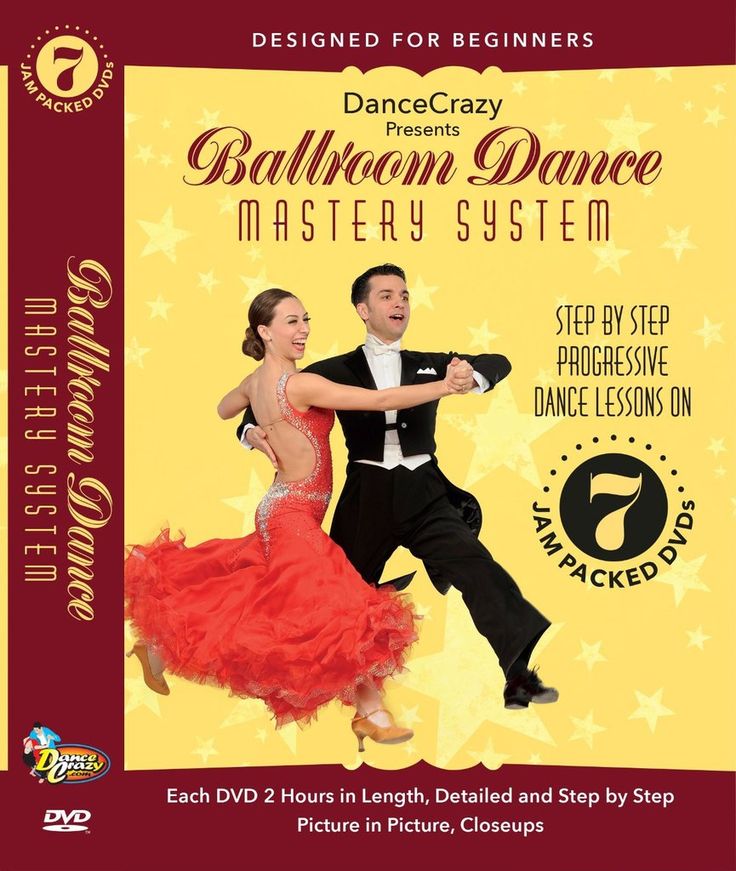 Video is a great way to learn dancing.
Video is a great way to learn dancing.
How To Swing Dance For Beginners (Step By Step Guide)
Table Of Contents:
Swing Dance History & Character
How To Count In Swing
Swing Basic Step #1 – Video
Swing Basic Step #2 – Video
Learning how to Swing dance isn’t rocket science…
Like all Ballroom dances, Swing dancing is based on specific basic steps that once mastered can be applied to all kinds of turns, hand swaps and spins. Below you will learn the 2 main basics steps of Swing.
What is Swing Dancing?
This style of Swing is East Coast Swing which originates from Lindy Hop. It is a Stationary partner dance that doesn’t travel much – Meaning it is pretty much danced on the same spot – As opposed to a traveling Ballroom dance like Waltz. The character of this dance is playful and lively. There are a lot of turns and spins that make this dance really fun for couples.
Swing Songs To Practice To:
* Many of the popular songs played on the radio fit this dance including:
Zac Brown Band – Loving You Easy – Slow Tempo
Michael Bublé – Haven’t Met You Yet – Faster Tempo
How To Count The Swing
Beginner Way of Counting the Swing:
Rock Step, Triple Step, Triple Step.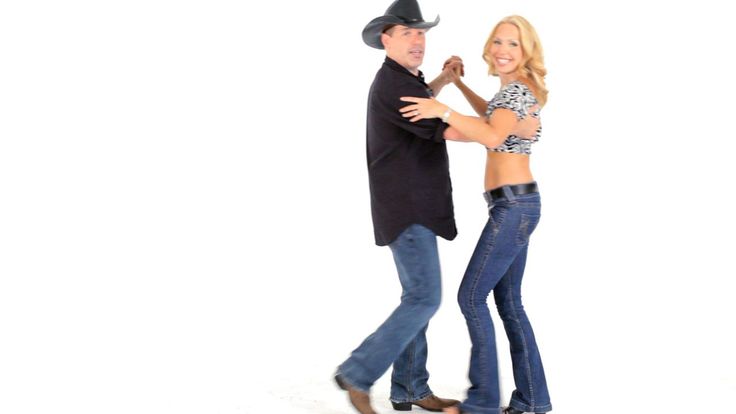
The Count using numbers:
1,2 (Rock Step), 3 a 4 (Triple Step), 5 a 6 (Triple Step).
* We strongly recommend that you count in the beginner way for a while. However, it is important to understand that the rocks step has two full weight changes to 2 beats of music. And the triple steps (3 a 4 Or 5 a 6) have three weight changes to only 2 beats of music. This makes the triple steps faster.
How to Swing Dance – Basic Step #1:
Breakdown of the Swing Steps (East Coast)
Men:
Starting with left foot
Rock step – Step back with left and replace on right.
Triple step to left – Side, close, side (left, right, left)
Trip step to right – Side, close, side (right, left, right)
Women:
Starting with right foot
Rocks step – Step back with right and replace on left.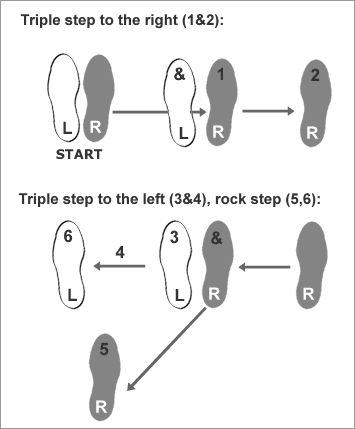
Triple step to right – Side, close, side (right, left, right)
Triple step to left – Side, close, side (left, right, left)
The Lead:
* Connect fwd to each other before starting to dance.
Leaders: Apply pressure fwd using the entire body but mostly the left arm (For the rock step). Make sure to extend the elbow slightly. Now, after the rock step, using your body weight and right arm connection, lead the followers to triple side steps in both directions. Ladies, don’t anticipate the lead – Simply connect forward to your partner to feel his lead.
Basic #2: Swing Outside Turn (Right Underarm):
Breakdown of Outside Turn (Above)
Men:
Starting with left foot
Rock step – Step back with left and replace on right.
Triple step to left – Side, close, side (left, right, left)
PIVOT 1/4 to left (On left foot)
Trip step to right – Side, close, side (right, left, right)
Women:
Starting with right foot
Rocks step – Step back with right and replace on left.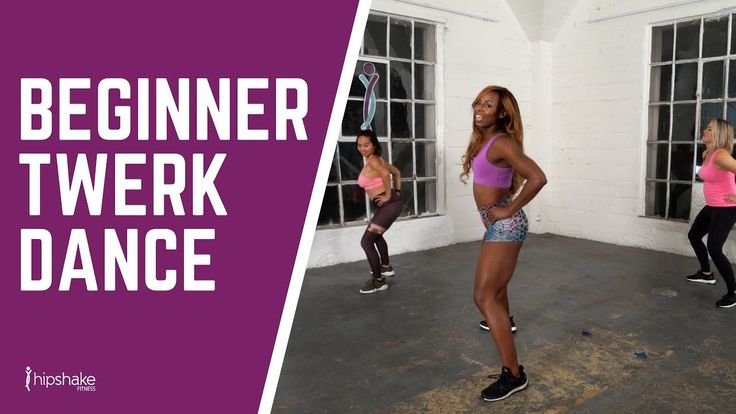
Triple step to right – Side, close, side (right, left, right)
PIVOT 3/4 to right (On right foot)
Triple step to left – Side, close, side (left, right, left)
The Lead:
* Connect fwd to each other before starting to dance.
Leaders: Just like in the most basic step, extend your left arm to the followers to allow her to do her Rock Step. Immediately after, as you do the side triple step to the left – raise the left arm just above the follower’s head (indicating a turn coming up). Now on count “&” circle the left arm over the follower’s head as she turns underarm. Make sure to extend your arm to clear your partner’s head.
Other Swing Moves you should learn:
– The Inside turn
– Changing hands behind back
– The Cuddle turn
– The Stop and Go
– Kicks & Flicks
Check out all our Swing dance lessons
Want More Dance Lessons?
We offer a membership that includes access to 300+ Ballroom and Latin dance videos online. Including American & International style videos.
Including American & International style videos.
Membership Info & Registration
Get More Dance Lessons:
How to Ballroom dance For Beginners
How To Cha Cha Dance
Rumba Dance Steps
How To Waltz
Salsa Basic Steps
How To Dance Bachata
How To Dance At Weddings
Swing Dancing: Get Jazzy!
SWING is the general name for dances, as well as the style of clothing, interior, life and behavior that arose with the birth of early jazz music - swing. The term is usually used to refer to one or all of the swing types: Lindy Hop, Charleston, Step, Balboa, Blues and Boogie Woogie, Jive, Rock and Roll, West Coast Swing, Se rock or Le Rock, etc. (appeared in the 1940s and later).
Things to remember about swing:
- This dance originated in the 1930s. last century in New York. It is believed that the predecessor of swing was rag time - the music of street musicians.
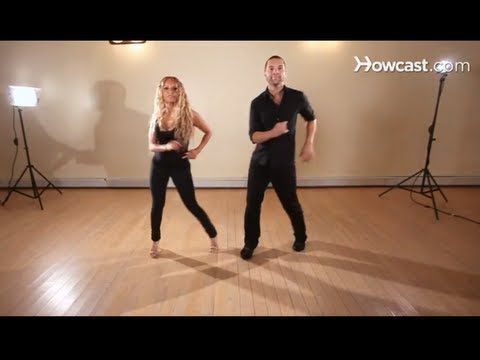
- this is an improvisational dance: a chain of movements is created right on the dance floor. The partner thinks over the dance steps and makes it clear to the partner what he expects from her, and her job is to catch it. No dance will be exactly the same as another.
- it's a party dance. Swing competitions are also held, but the main goal is to dance for yourself.
- it is a dance for communication. The emotions and personalities of the dancers are as important as the legs and arms.
- it's a jazz dance. Knowing how to dance jazz, the dancer feels free with almost any music.
Interest in swing faded in the 1960s and resurfaced in the 1980s with the formation of the World Rock'n'Roll Confederation and boogie-woogie and acrobatic rock and roll competitions. In the 90s, the turn came to the CIS countries. In general, swing dancing is an excellent means of communication between people.
26-year-old from Kiev Alexander Gnidin has been practicing Lindy Hop for six months. He says it all started in a post in a LiveJournal community, where they invited people to join a swing group and posted video links to dancers' performances.
He says it all started in a post in a LiveJournal community, where they invited people to join a swing group and posted video links to dancers' performances.
- And since it was in the midst of spring, when you want updates, I decided to go and try it. In addition, the location was convenient, half an hour on a direct metro line from work, the time suited me, and I also watched the video - I was hooked. For me, this is instead of physical education, plus new acquaintances, new horizons and impressions, - says Sasha.
Apparently, Sasha is not alone in his desires for new horizons and impressions - for example, there were about 40 people at the boogie-woogie class of one of the Kyiv clubs, which I looked at yesterday. Well, last Saturday, November 14, a qualifying competition was held in Kyiv under the funny name "SUSYUKS-2009" (an abbreviation for "So You Think You Can Swing?") - for the right to be called the best swing dancers. The idea and format were borrowed from the Ukrainian TV show “Everybody Dance”, which, in turn, adopted the concept of the American TV show “So You Think You Can Dance?”
The event took place in the assembly hall of the 1st building of the Kiev-Mohyla Academy. Everyone could take part (fee - 30 UAH per person, for spectators - 20 UAH). Everything in general looked very sincere: a cozy hall, smiling people, great music and a lot of positive. At first, the people danced just like that, for a warm-up, then competitive dances began. About 50 dancers took part in the competition.
Everyone could take part (fee - 30 UAH per person, for spectators - 20 UAH). Everything in general looked very sincere: a cozy hall, smiling people, great music and a lot of positive. At first, the people danced just like that, for a warm-up, then competitive dances began. About 50 dancers took part in the competition.
Under the approving but exacting gaze of the jury, they went through three rounds - as a result, the four best couples were selected. In two weeks, the guys will compete with competitors from Kharkov and Moscow, who will come to us for the finals of the SUSYUKS.
"Our Kyiv" asked Andrey Terentyev, one of the founders of "Kiev Swing Dance Club", about swing in more detail.
NK: For the uninformed, tell us what swing is?
There are several directions of swing dances, but more often the swing dance means the Lindy Hop dance, which was popular in the 30s of the last century. Also styles of swing dances - balboa, shag and others. Boogie-woogie and west coast swing, as a rule, are also classified as this direction, although they are danced to non-swing music: boogie-woogie - to rock and roll, blues and boogie-woogie, and WCS - to modern pop music .
NK: When was the Kyiv club founded and whose idea was it?
The name "Kiev Swing Dance Club" originated in 1998, when a few enthusiasts began to practice from video cassettes and learn how to dance swing. But the Club, as we know it now, emerged in 2003, after Taras Melnik, Larisa Glikina and I began to develop it, hold parties and attract new dancers to our ranks.
NK: How long does it take for beginners to learn the simplest dance?
To master the basics, a few months of classes are enough. But in order to learn how to dance well, it will take at least several years of training.
NK: More boys or girls come to class?
I can only talk about boogie-woogie bands. We usually have more partners in the first month of classes, sometimes the proportion of partners and partners in the first month is one to two. But then, within a month, the balance usually levels off. Now we have an almost equal number of partners and partners at almost all levels.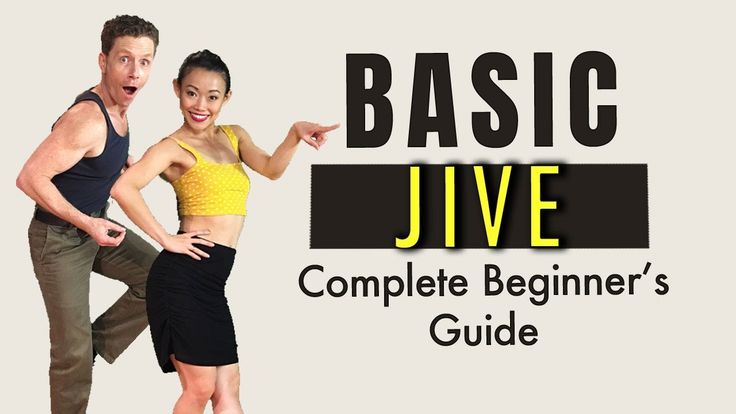 I explain this by the fact that rock and roll and boogie-woogie, like music and dance, attract both guys and girls to the same extent.
I explain this by the fact that rock and roll and boogie-woogie, like music and dance, attract both guys and girls to the same extent.
NK: How many people are recruited into one group?
Usually about thirty. In my experience, this is the optimal size of the group, during the training there is a good dynamics of the lesson, because the dancers learn not only from the teacher, but also from each other. Senior groups are usually a little smaller - 10-20 people.
NK: They say that in boogie-woogie the main thing is improvisation and interaction in pairs. And if a person does not know how to improvise?
Improvisation is a skill just like learning to ride a bike or swim, only more creative. When, after several months of practice, you stop thinking about where to put your foot and how to lead the partner correctly (or follow the partner correctly), then your brain is freed for something more, you begin to improvise and hear music. Therefore, my advice is to practice more, listen to the music you dance to more often, and work on the foundation: the main step, leading-following.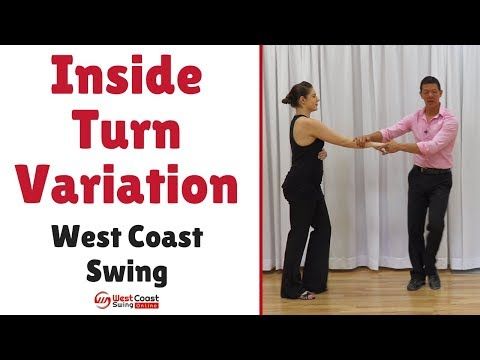
NK: What do these dances give you personally?
Dancing is the joy of communication, freedom and positive emotions. Boogie-woogie and all swing dancing is a dance drug! After several months of regular exercise, almost 100% addiction is ensured. At the same time, you can observe a number of “side effects”: an uncontrollable smile on your face and unreasonable bouts of good mood, a change in gait in the “step-step-triple-step” style, involuntary movements of the limbs with the sounds of music with a syncopated rhythm (syncope is a displacement of the rhythmic support from a strong beats of a bar to a weak one - ed.), a change in musical tastes and preferences, and so on. So be vigilant! I came to dancing late, after university. Since then, I can not stop and do not regret it a bit. He worked in IT consulting, then managed a telecom company and worked with mobile operators, then managed a network advertising agency. It was only thanks to dancing that I could withstand the stress of work.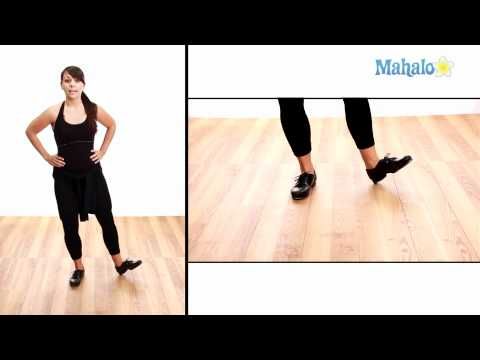 It is enough to dance for a few hours, you are charged with optimism and good mood, and all problems become solvable. I recently decided to leave my career and make my favorite hobby my job, and I don't regret it at all.
It is enough to dance for a few hours, you are charged with optimism and good mood, and all problems become solvable. I recently decided to leave my career and make my favorite hobby my job, and I don't regret it at all.
On Monday, I went to one of the boogie-woogie classes - Andrey conducts it with his colleague Nadia. At 19:30 on the street. Ilyinskaya, 9, a group has gathered on the second floor, which has been studying for a couple of months. I couldn’t keep up with them, took a few steps at the initial stage, and then the guys split into pairs (two girls didn’t have enough partners, but the teachers helped them) and began to repeat the already learned elements at a rather fast, as in my unprofessional opinion, pace. But later, at 20:30, newcomers came, who had been practicing for only a few weeks. And there were a lot of them, as already noted, forty people - mostly young students of student age, but also a few people "under" and "over" thirty. In the lesson, we learned the basic step: “step-step-triple step”.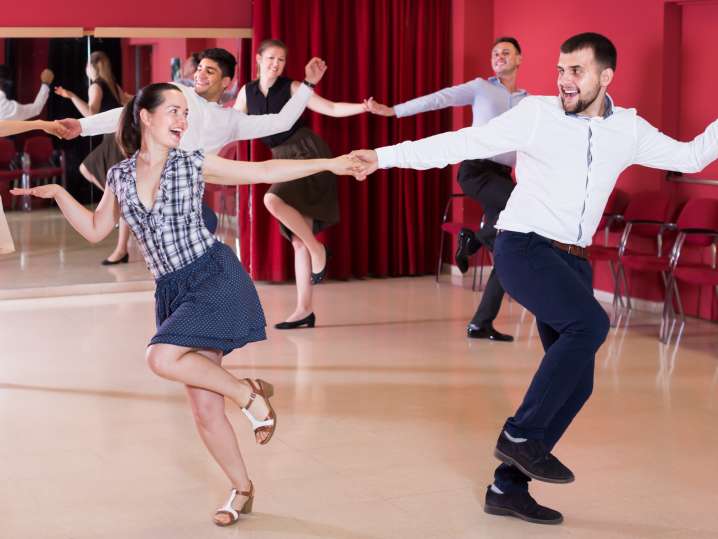 In principle, it is quite accessible if you slowly repeat the movement in parts. Gradually you get used to it, it starts to turn out almost reflexively. It is important to properly position the knees so that they do not hurt later, as they take on a lot of stress during exercise. Yes, a lot of things, to be honest - a sea of subtleties that coaches do not get tired of talking about and showing. Of course, interaction with a partner is also important: to feel where he is leading at the moment - a whole set of exercises has also been developed for this.
In principle, it is quite accessible if you slowly repeat the movement in parts. Gradually you get used to it, it starts to turn out almost reflexively. It is important to properly position the knees so that they do not hurt later, as they take on a lot of stress during exercise. Yes, a lot of things, to be honest - a sea of subtleties that coaches do not get tired of talking about and showing. Of course, interaction with a partner is also important: to feel where he is leading at the moment - a whole set of exercises has also been developed for this.
When you look at the swing pros, it seems that the couple moves easily and naturally, without thinking about anything, almost flies! But in order to learn how to fly like, for example, these dancers, you have to work hard.
Although this process is very pleasant, as it turned out. Although physically exhausting (at the end, most T-shirts are wet with sweat), but morally inspiring. And another trick: when you dance in pairs, you change partners every 5-10 minutes, in a circle. Thus, communication with new people is constantly taking place, eye-to-eye - and this is also more than interesting.
Thus, communication with new people is constantly taking place, eye-to-eye - and this is also more than interesting.
Cost of classes:
One lesson - 50 UAH
Half a month (4 lessons) – 160 UAH
Month (8 lessons) – 280 UAH
Month - 1.5 different groups or directions (12 lessons) - 400 UAH
Month - 2 different groups or directions (16 lessons) - 450 UAH
The club schedule can be viewed here.
Now we are recruiting for a new boogie-woogie group for beginners. Classes will be held on Tuesdays and Fridays at 7pm.:00, the first will be on November 24th.
Before that, they promise a free introductory lesson - on November 20 at 19:30, at the address: Fizkulturny per., 1 (Institute of Physical Education, 3rd building, 2nd floor).
Pre-registration by tel. (050) 311-87-73 or (067) 387-71-77.
Jazz dance school MSDK
-
Jazz solo trial lesson for everyone
Saturday, November 19 at Belarusian to 15:000003
from November 2, 2022 on Wednesdays from 21:15 to 22:30 on Belorusskaya
more -
Lindy HOP for beginners from zero
from October 24, 2022 to Mondays and Thursdays from 18: from 18: from 18: from 18 45 to 20:00 on Tsvetnoy Boulevard
More0265 School of Jazz Dance MSDK
Please assess your health before coming to class.
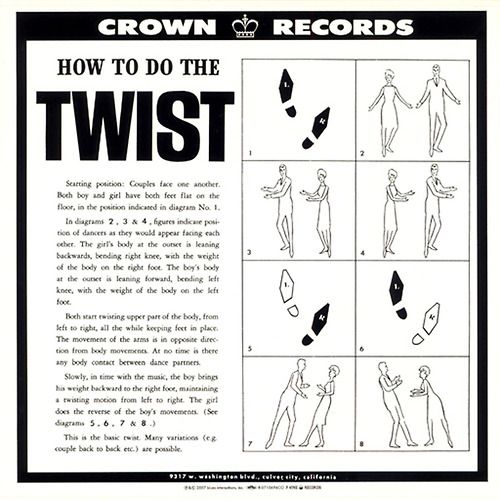
.

